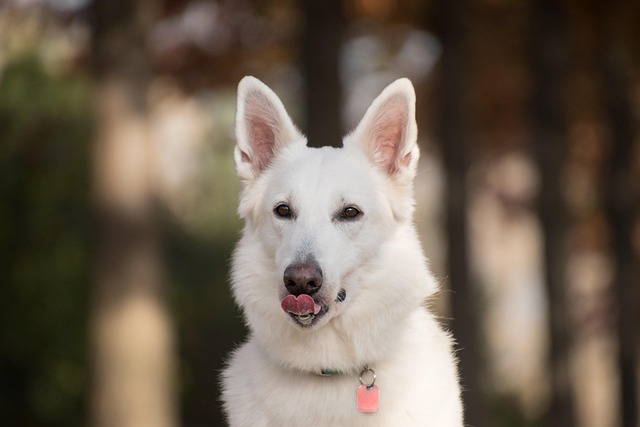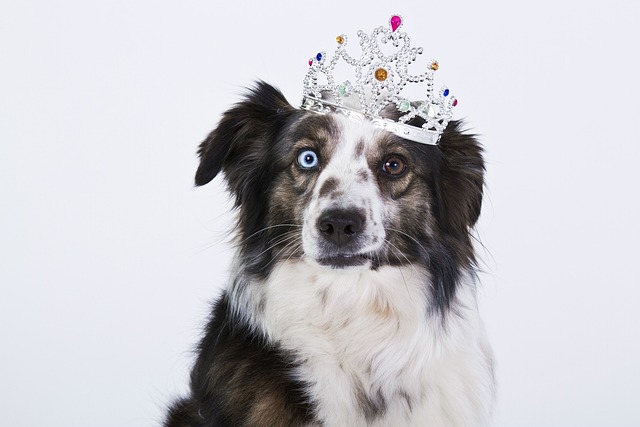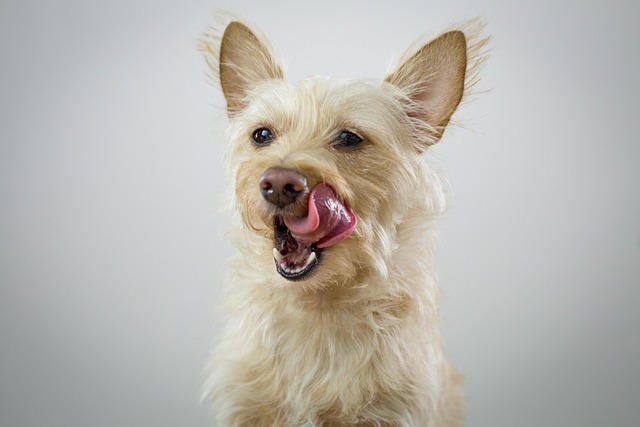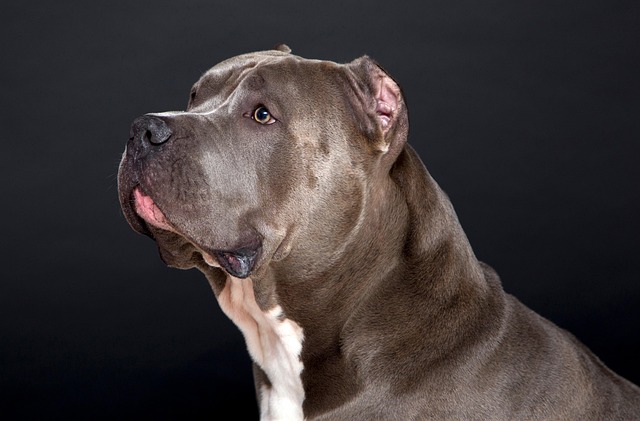
Are Irish setters easy to potty train?
When the Irish setter walks with an elegant pace, its reddish-brown hair shines in the sun, and its lively eyes are full of curiosity and enthusiasm, anyone will be attracted by this unique charm.
The silvery laughter of children interwoven with the lively figure of a dog forms the warmest picture in a family. However, to truly make a dog respect a child, we need to put in a lot of effort. The harmonious coexistence between a dog and a child can not only bring joy to the family but also enable children to learn about care and responsibility. Behind this is the combined effect of scientific guidance and deep affection.
Understanding the behavioral characteristics of both dogs and children is an important prerequisite for teaching a dog to respect a child. A dog's behavior pattern is based on instinct, and they convey information through body language, smell, and barking. A child's behavior may be full of misunderstandings in the eyes of a dog. For example, when a child runs and screams excitedly, it may seem like a provoking signal to a dog, which can easily trigger feelings of unease or even aggressive behavior. There was once such a case: A neighbor's child ran towards a dog excitedly while shouting. The dog was instantly frightened and instinctively bared its teeth as a warning, almost biting the child. Therefore, making a dog familiar with a child's behavior pattern is the key to reducing conflicts.
Early socialization training plays a decisive role in a dog's respect for children. The puppy stage is a golden period for shaping a dog's personality and behavior. During this time, they should be exposed to different types of people, especially children. For instance, Xiao Li has a puppy at home, and he often invites his friends to bring their children over to play. In a safe environment, the dog gradually approaches the children, sniffs their scent, and observes their every move. When the dog shows friendliness, Xiao Li promptly gives it snacks as a reward and gentle strokes. Over time, the dog will wag its tail and take the initiative to get close when it sees children.
 Setting clear boundaries and rules for a dog can help them distinguish between right and wrong behaviors. A dog needs to clearly know which behaviors are allowed and which are absolutely prohibited when getting along with children. For example, it should not disturb children casually when they are playing, and it should not growl, pounce, bite, or snatch toys from children. The owner can regulate the dog's behavior through concise and clear commands, such as "stop" and "be quiet." When the dog follows the rules, give it a reward in a timely manner; when it violates the rules, stop it with a serious tone, but never beat or scold it, so as not to make the dog feel fearful and rebellious.
Setting clear boundaries and rules for a dog can help them distinguish between right and wrong behaviors. A dog needs to clearly know which behaviors are allowed and which are absolutely prohibited when getting along with children. For example, it should not disturb children casually when they are playing, and it should not growl, pounce, bite, or snatch toys from children. The owner can regulate the dog's behavior through concise and clear commands, such as "stop" and "be quiet." When the dog follows the rules, give it a reward in a timely manner; when it violates the rules, stop it with a serious tone, but never beat or scold it, so as not to make the dog feel fearful and rebellious.
During the interaction between a dog and a child, the owner's supervision should never be relaxed for a moment. Even if a dog has a gentle personality, accidents can still happen. When Xiao Wang's child was playing with their dog, the dog suddenly became excited and started pouncing on the child forcefully. Fortunately, Xiao Wang had been paying attention beside them and immediately pulled the dog away. After the dog calmed down, he guided them to interact gently. So, as long as the dog and the child are together, the owner must always keep an eye on them to ensure the safety of both parties.
Teaching children how to get along with dogs correctly is equally important. Children often lack experience in communicating with dogs and may perform actions that make the dog uncomfortable, such as pulling the dog's tail or ears forcefully, or disturbing the dog when it is eating, sleeping, or resting. Parents should patiently educate their children to respect the dog's space and feelings, and tell them how to gently stroke the dog and how to play with the dog in a friendly way. Let children understand that a dog is a close companion and needs to be cared for with love and patience.
Cultivating the relationship between a dog and a child requires the watering of time and patience. Every interaction is an opportunity to build trust and understanding, and the owner should actively create harmonious interaction scenarios. For example, take the child and the dog to the park on weekends to play a ball-throwing game. The dog chases the ball merrily, and the child shouts excitedly beside them. Through this back-and-forth interaction, the relationship between the dog and the child becomes deeper.
When respect and trust are established between a dog and a child, the family will be filled with more warmth and joy. The dog will become the most loyal guardian on the child's growth path, and the child will also understand care and responsibility while getting along with the dog. Let us use our professional knowledge and boundless love to build a bridge of communication between the dog and the child, allowing them to live in harmony under the same roof and create beautiful memories together. Every small progress is worthy of our celebration, and every warm interaction will become the most precious treasure of the family.

When the Irish setter walks with an elegant pace, its reddish-brown hair shines in the sun, and its lively eyes are full of curiosity and enthusiasm, anyone will be attracted by this unique charm.

When the furry little life stumbles into our lives, the soft and sticky cry and wagging tail instantly melt the hearts of countless dog owners. However, behind this sweet companionship, puppy potty training is like a mountain in front of them.

In the steel jungle of the city, more and more people are eager to have a furry companion to add more warmth and companionship to their lives.

Training puppies to develop good house bowel habits is a process that every pet owner looks forward to and is full of challenges. This is not only about the cleanliness of the home environment,

Dog walking is supposed to be a pleasant time for people and dogs to enjoy each other's company, but when the dog drags the leash and rushes around, this beautiful moment is broken.

When a dog suddenly poops in a specific area of the house, it not only causes cleaning troubles but also makes the loving owner feel anxious and helpless.